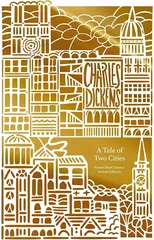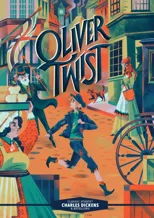Charles Dickens’s famous second novel recounts the story of a boy born in the workhouse and raised in an infant farm as he tries to make his way in the world. Intended to raise feeling against the Poor Law Amendment Act of 1834 (which had emphasized the workhouse as an appropriate means of dealing with the problem of poverty), Oliver Twist also provides a sweeping portrait of London life in the 1830s—including the life of the criminal elements in society. Oliver Twist was first published in serialised form (with illustrations by George Cruikshank) in Bentley’s Miscellany between February 1837 and April 1839. It was issued with some corrections and revisions in ten numbers in 1846 by Bradbury and Evans (which then also issued the same text in a single volume). Each of these ten numbers, including the Cruikshank illustrations and the advertisements, is included in this facsimile reprint of the 1846 edition. This is one of a series from Broadview Press of facsimile reprint editions—editions that provide readers with a direct sense of these works as the Victorians themselves experienced them.
Charles Dickens
Charles Dickens was an English novelist and social critic, born in 1812. He is best known for his vivid characters, intricate plots, and powerful social commentary. Some of his most notable works include "Oliver Twist," "Great Expectations," and "A Christmas Carol." Dickens' writing style often combined humor with pathos, and his works often highlighted the struggles of the lower classes in Victorian England.
Dickens had a profound impact on the development of the novel as a literary form, helping to popularize serial publication and bringing attention to issues of poverty, injustice, and inequality. His most famous work, "A Tale of Two Cities," is a historical novel set during the French Revolution and is considered a classic of English literature. Dickens' legacy continues to resonate today, as his works remain popular and influential in the world of literature.









